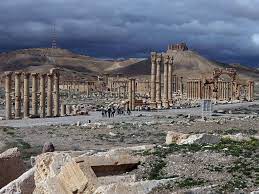The annals of world history are replete with astonishing tales of innovation, achievement, and triumph, but also marked by stories of destruction, loss, and devastation. Throughout history, numerous archaeological sites, landmarks, and priceless artifacts have been ravaged by war, natural disasters, and human negligence. These cultural tragedies not only rob us of our heritage but also deprive future generations of the opportunity to learn from our past. Here are some of the most brutal archaeological vandalism cases in history, some of which were deliberate efforts to erase the past.
The destruction of the ancient city of Palmyra
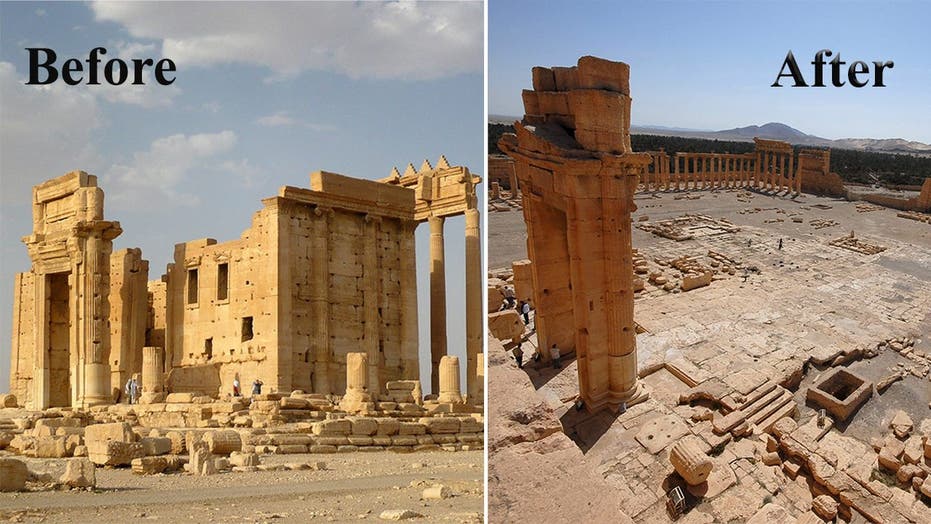
Palmyra has been and continues to be a UNESCO World Heritage Site, recognized as one of the most important cultural landmarks in the Middle East. It has survived numerous conquests and changes of ownership throughout history. While it has suffered damage over many centuries, no entity has caused as much historical destruction as ISIS. When ISIS seized the city in 2015 during the Syrian Civil War, they initially promised not to conduct any attacks on the city’s ruins. However, they broke this promise just a few days later.
They began on May 23, 2015, by destroying the Lion of Al-lāt and other statues. A month later, they blew up the Temple of Baalshamin, and a week after that, ISIS destroyed the vaults of the Temple of Bel. But they didn’t stop there.
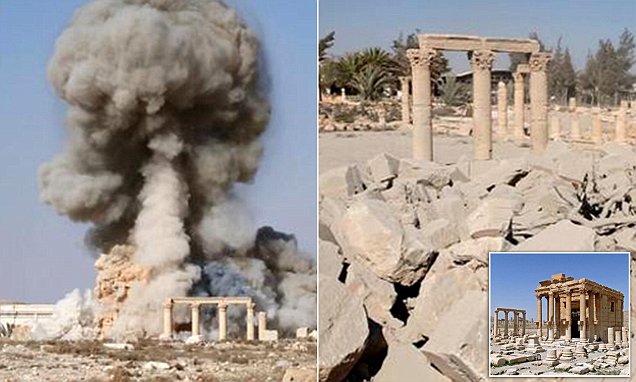
By September of the same year, ISIS had destroyed three of the city’s best-preserved tower tombs, including the famous Elahbel Tower. In October, media outlets began reporting that ISIS had vacated buildings of religious significance and was now destroying other structures. The destruction of Palmyra is considered a deliberate attempt by IS to erase sites of cultural and historical significance deemed incompatible with their extremist ideology. The world reacted with outrage to these acts of vandalism.
The Bamiyan Buddhas – Destroyed by the Taliban
Religious extremists are notorious for their destructive acts against invaluable historical artifacts. A poignant illustration of this is the Taliban’s infamous demolition of the Bamiyan Buddhas in 2001.
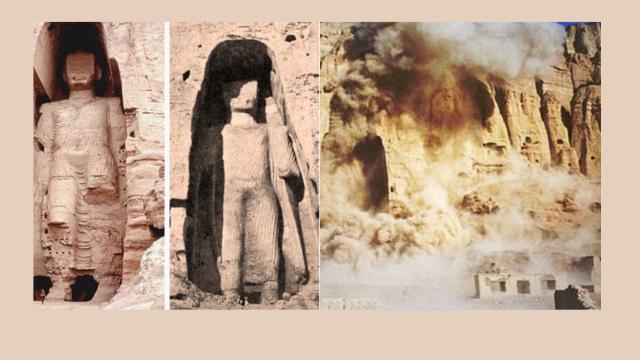
The Buddhas were colossal 6th-century statues carved into the cliffs of the Bamiyan valley in Afghanistan. One towering 55 meters tall and the other 38 meters, they were cherished by Buddhists worldwide and locals alike, known affectionately as Salsal and Shamama.
However, the Taliban, upon seizing control of the region, deemed the Buddhas idolatrous and against their interpretation of Islamic law. Demolition commenced on March 2, 2001, using various methods including anti-aircraft guns, artillery fire, and anti-tank mines.
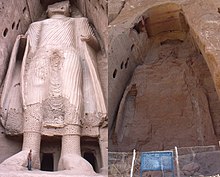
Despite prolonged efforts, the Buddhas remained standing. The Taliban resorted to placing dynamite, ultimately destroying the monuments by March 21, 2001. The loss was mourned globally, emphasizing the importance of preserving history and art. Despite reconstruction efforts, the original masterpieces can never be replaced.
The City of Persepolis Destroyed: Ravaged by Inebriated Greeks
While the deliberate destruction of historical landmarks is well-documented, sometimes events spiral out of control. Persepolis, the opulent capital of the Persian Empire in what is now Iran, was renowned for its grandeur and significance in Persian culture.
Amidst the ancient rivalry between Greece and Persia, fueled by grievances such as the Persian sacking of Athens in 480 BC,he invaded Persia and conquered its capital, Persepolis.
After taking the city Alexander essentially told his men to go wild and let their hair down. They were far from home and had been fighting almost non-stop for several years. Some historians believe that during all the drunken revelry a fire broke out and destroyed the city.
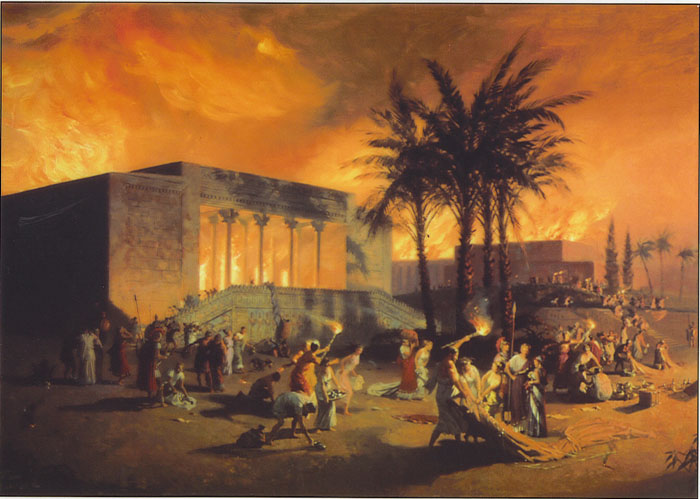
Scholars debate whether the fire was accidental, sparked by the revelry of Alexander’s troops, or a deliberate act of retribution for Athens’ fate. Regardless, the loss of Persepolis dealt a severe blow to Persian heritage, though some remnants endure as a testament to its former glory.
The Devastation of Nalanda: Destruction of India’s Illustrious Library
The Library of Nalanda, situated in modern-day Bihar, stood as a paramount hub of knowledge in ancient India. It formed an integral part of the renowned Nalanda University, established in the 5th century AD and esteemed as one of the world’s oldest and most esteemed centers of learning. It housed an extensive collection of manuscripts spanning from sciences, mathematics, and medicine to philosophy and religion. Serving as a scholarly beacon, it attracted intellectuals and students from around the globe, including China, Tibet, and Korea.

The library met its demise at the hands of the Ghurid dynasty’s army, led by Bakhtiyar Khilji. The invasion and subsequent destruction of the library by Islamic forces are corroborated by multiple sources, although there are discrepancies regarding specific details. However, consensus prevails on the perpetrators and the general timeframe of the event.
The library was believed to house more than 9 million volumes of manuscripts. Its destruction, along with its immense wealth of knowledge and culture, represents an irreplaceable loss in the annals of human history. Nevertheless, contemporary initiatives have sought to revive Nalanda University, transforming it into a modern bastion of education and learning.
Perspective through Video
